People Keep Mysteriously Vanishing In The Alaska Triangle
by dee_fabbricatore, 8 years ago |
3 min read
This part of Alaska has more unsolved missing person cases than anywhere else in the world.
Why does Alaska have a missing person rate that’s almost twice the national average? Alaska state troopers conduct hundreds of search and rescue missions every year, but rarely find any trace of bodies, dead or alive. It’s as if they vanish—quite literally—into the middle of nowhere.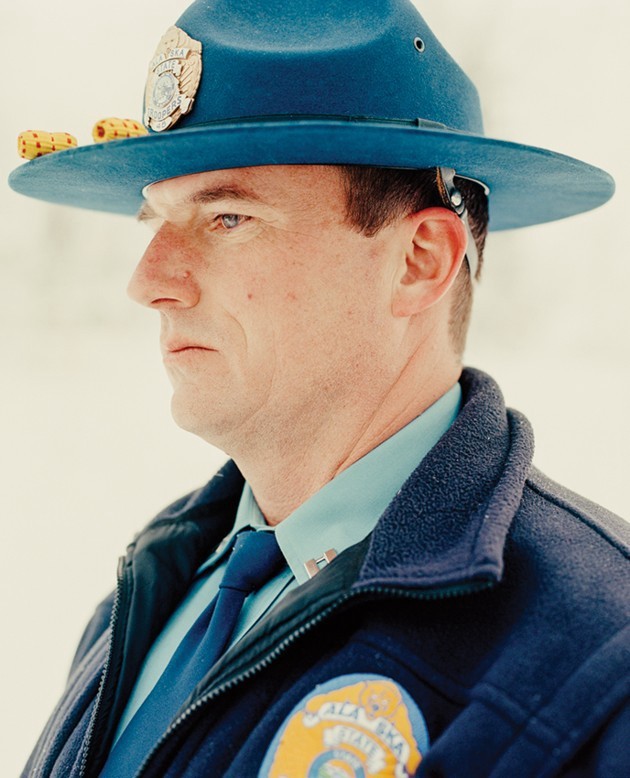
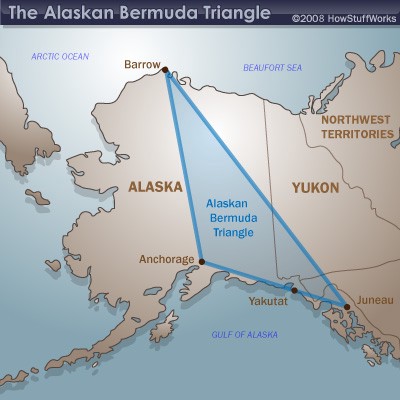
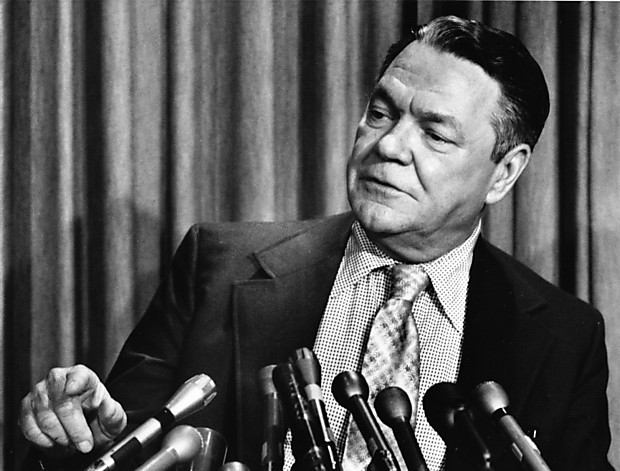
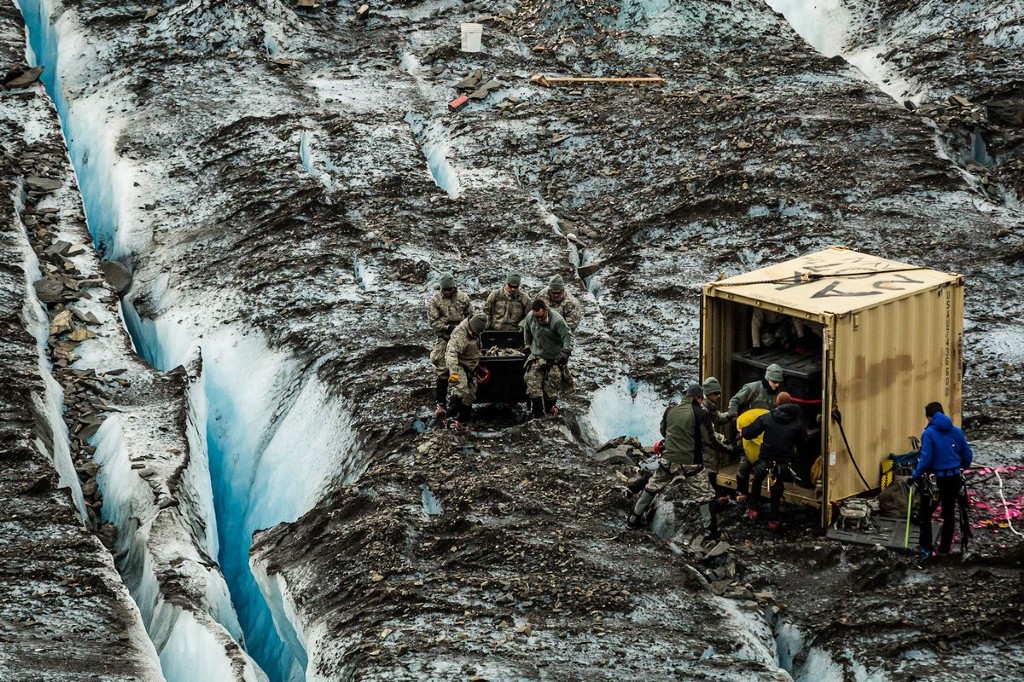

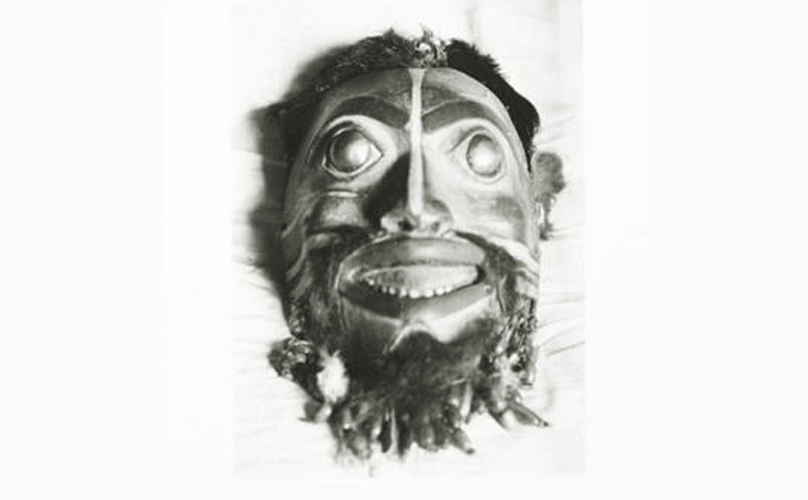
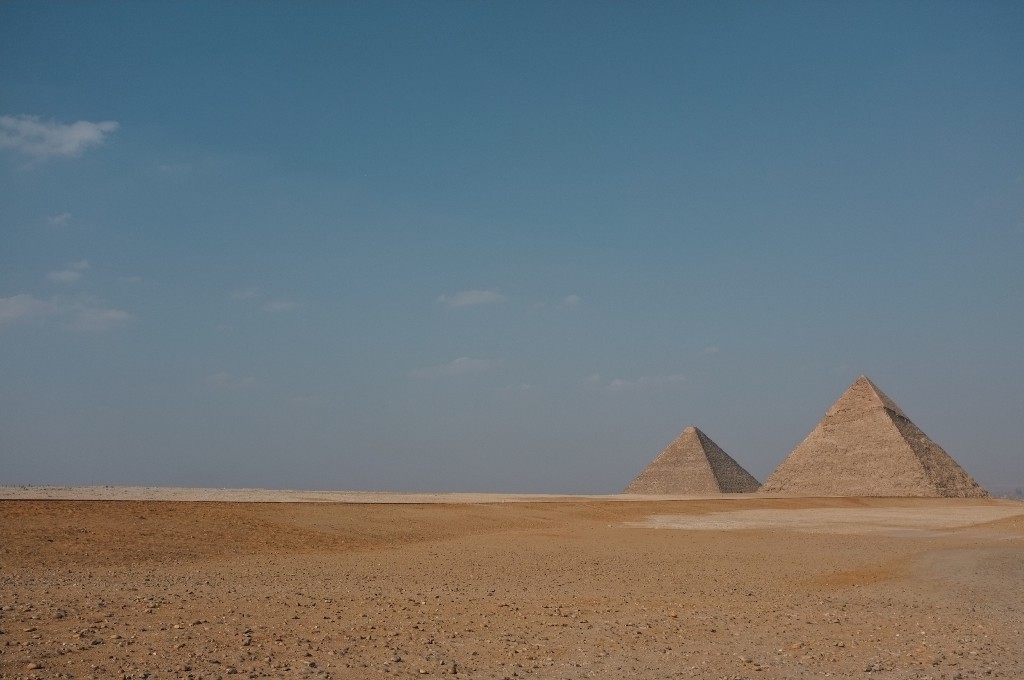

✕
Do not show me this again
